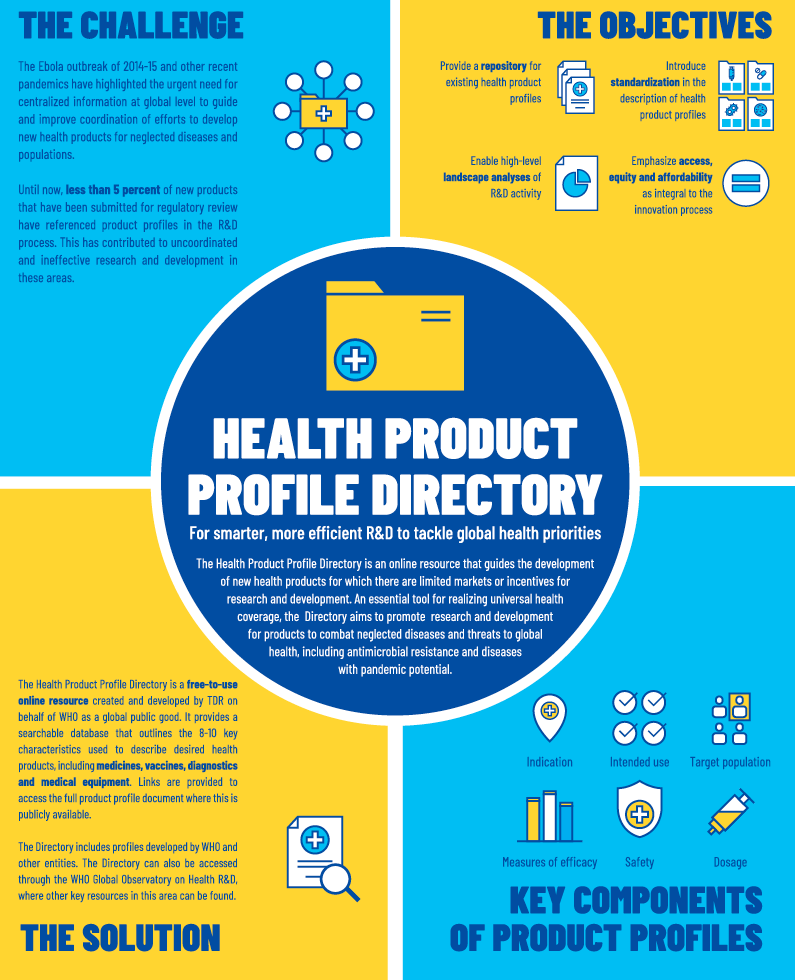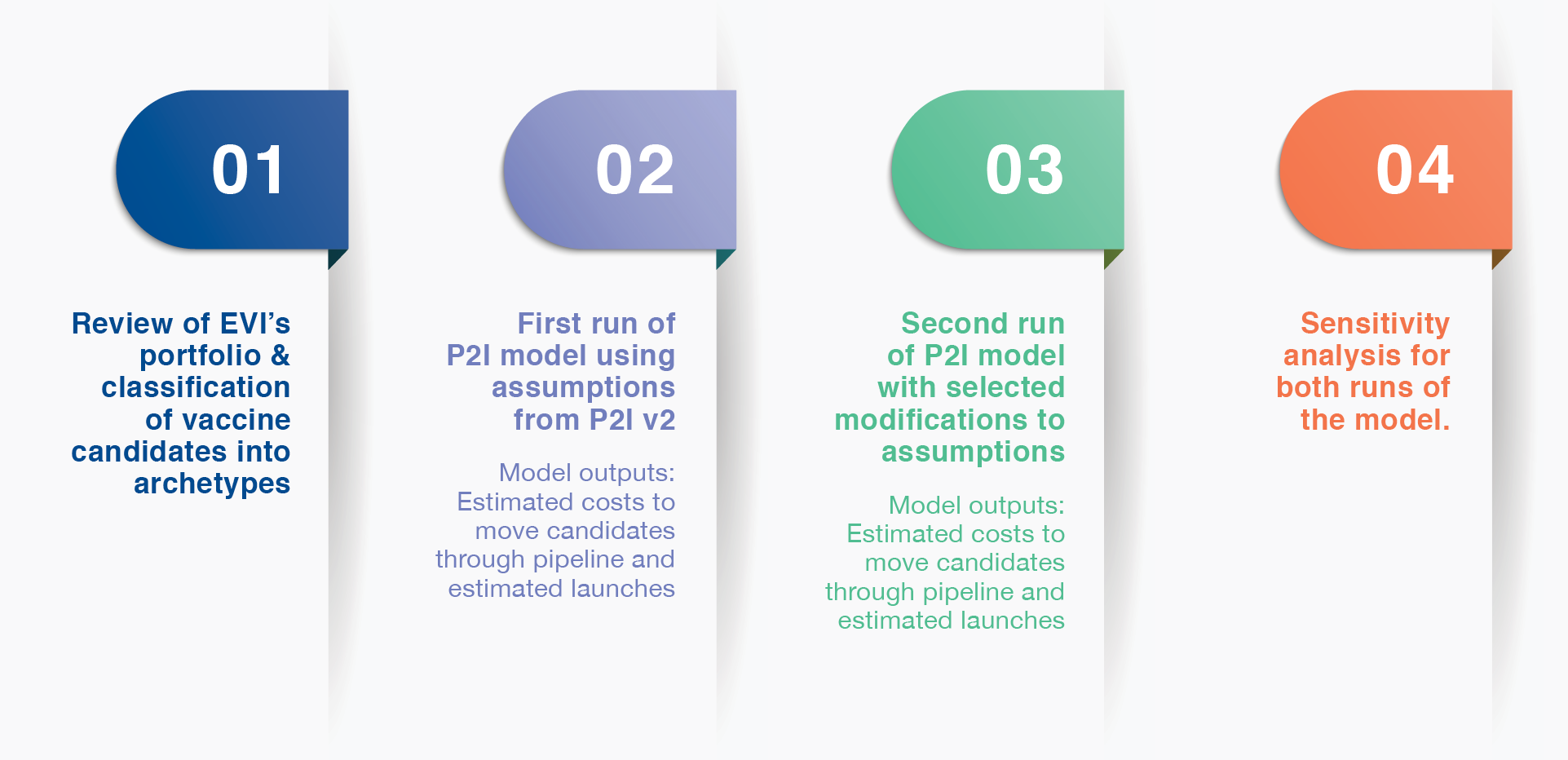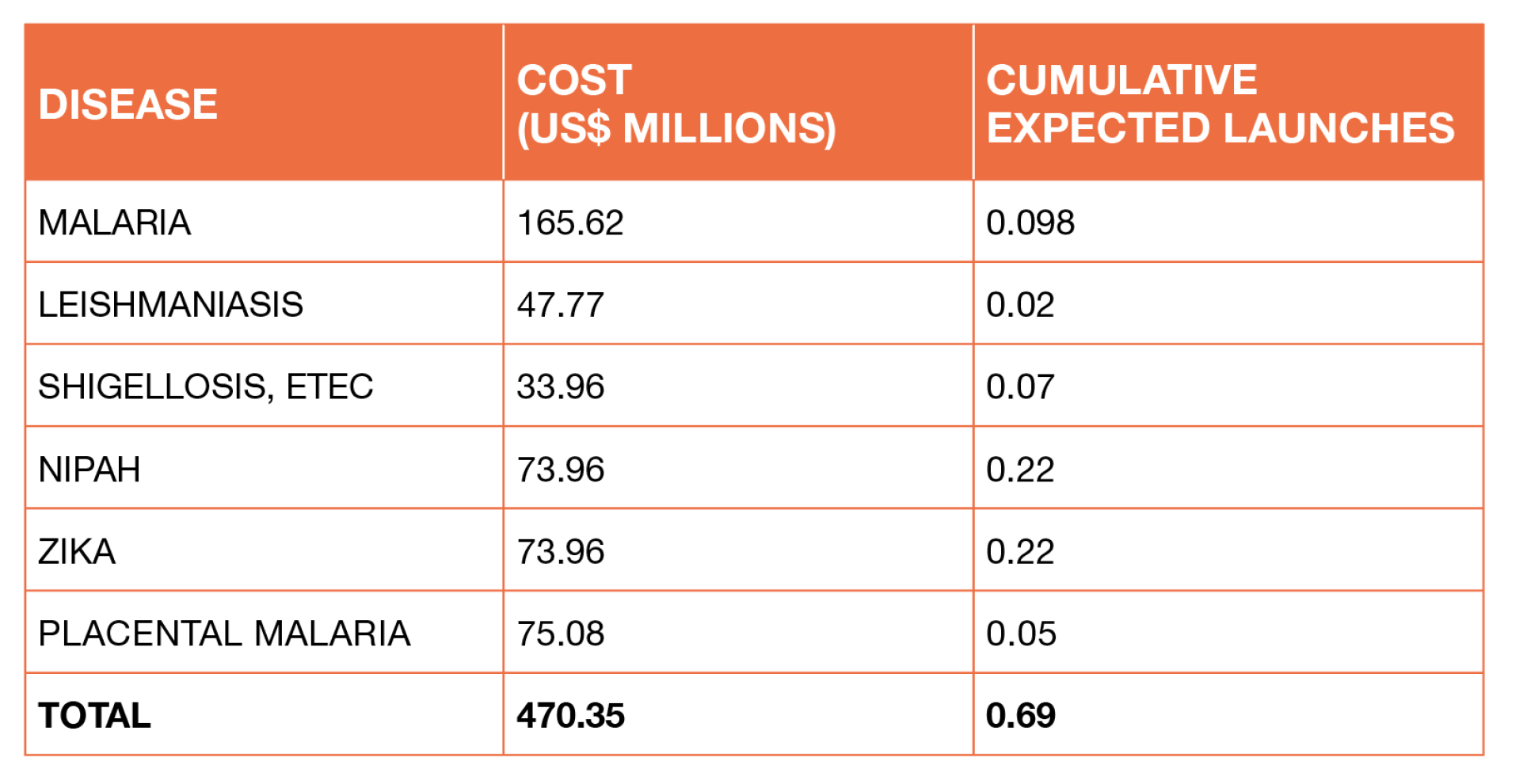



Tuberculosis patients at Jalchatra Hospital in Bangladesh
Global engagement:
Promoting innovative and inclusive
approaches to research


Shaping the global health research agenda
Health Product Profile Directory for smarter
research and development
Portfolio-to-Impact tool to analyze R&D pipelines
In May 2019, TDR launched an online resource to guide the development of new drugs, vaccines and diagnostics for which there are limited markets or incentives for research and development. An essential tool for realizing universal health coverage, the Health Product Profile Directory aims to promote research and development for products to combat neglected diseases and threats to global health, including antimicrobial resistance and diseases with pandemic potential.
The Portfolio-to-Impact (P2I) tool was developed by TDR to support analysis of health product portfolios and pipelines to demonstrate the need to increase R&D activity for poverty-related neglected diseases.
Following an open call, in 2019, TDR supported the use of the P2I tool by three PDPs (TB Alliance, FIND and the European Vaccine Initiative) to analyse their portfolios. This has validated the utility of P2I as a R&D modelling tool. In addition, the Global Health Centre, based at the Graduate Institute of
The Health Product Profile Directory is a free-to-use online resource created and developed by TDR on behalf of WHO as a global public good. It provides a searchable database of profiles for health products needed to tackle pressing health issues in global health, including those prioritized by WHO. The summary of the published profiles outlines 8-10 key characteristics (such as target population, measures of efficacy and dosage) for the development of health products, including medicines, vaccines and diagnostics. Building in these characteristics at an early stage of the development process is essential to ensure that the final products will be accessible to the populations that need them.
Currently, the Directory contains 233 product profiles, with the majority describing the needs for three infectious diseases: HIV, TB and malaria. Less than 2% of these strategic documents cover noncommunicable diseases or family and women’s health. Therefore, the HPPD suggests there is a clear need to improve the description of R&D needs (as product profiles) unique to the developing world in the noncommunicable disease area.
International and Development Studies in Geneva, undertook a review of the findings generated by the P2I tool. The review revealed the differences between commercial and non-commercial R&D for health product development. This work has been used as a case study by UNDP as part of its Access and Delivery Programme.
All of this work has been published on the new TDR Gateway open access publishing platform.



In an R&D landscape which is increasingly complicated to navigate, Medicines for Malaria Venture welcomes this new Directory, which will help us ensure that new malaria products that are developed are able to be accessed and used by the populations that need them.”
- David Reddy
Chief Executive Officer,
Medicines for Malaria Venture
Four key phases in a portfolio analysis conducted by the European Vaccine Initiative (EVI)
EVI’s cumulative cost and launch probability per disease based on P2l model projections



Source: Gunn A, Bandara S, Yamey G et al. Pipeline analysis of a vaccine candidate portfolio for diseases of poverty
using the Portfolio-To-Impact modelling tool. F1000Research 2019, 8:1066 (https://doi.org/10.12688/f1000research.19810.1)


